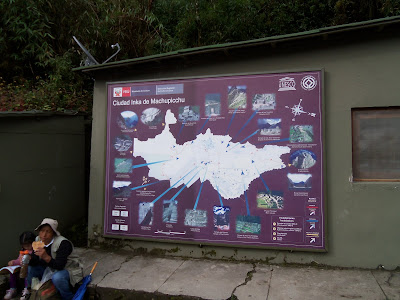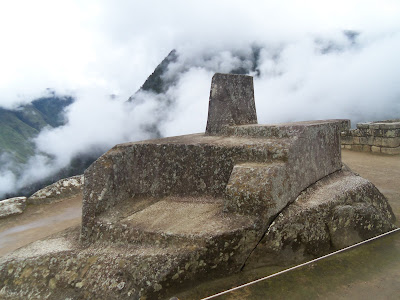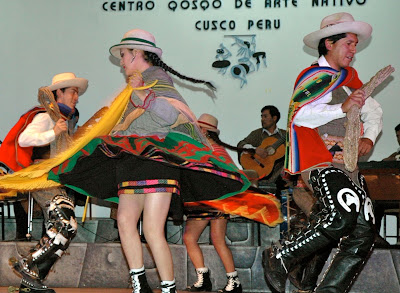 |
| This is a bath area. Here they had their water supply. There are 16 different areas in the city with this formation for water. They are connected by stone-carved canals. |
 |
| This ares is located below the Temple of the Sun. There are several different ideas as to what this area was used for. Some say storage or a royal tomb. |
 |
| This drawbridge was built for security to the city. The path is now covered with shrubs and plant growth. |
 |
| The view from the trail to the Inca bridge. There is a power plant down the valley along the river. The picture is a little cloudy because it started to rain on us. |
 |
| The bus we road on to Machu Picchu. They were nice and quite a large number of them. The road was wide and switchbacked thru the jungle vegetation. |














































